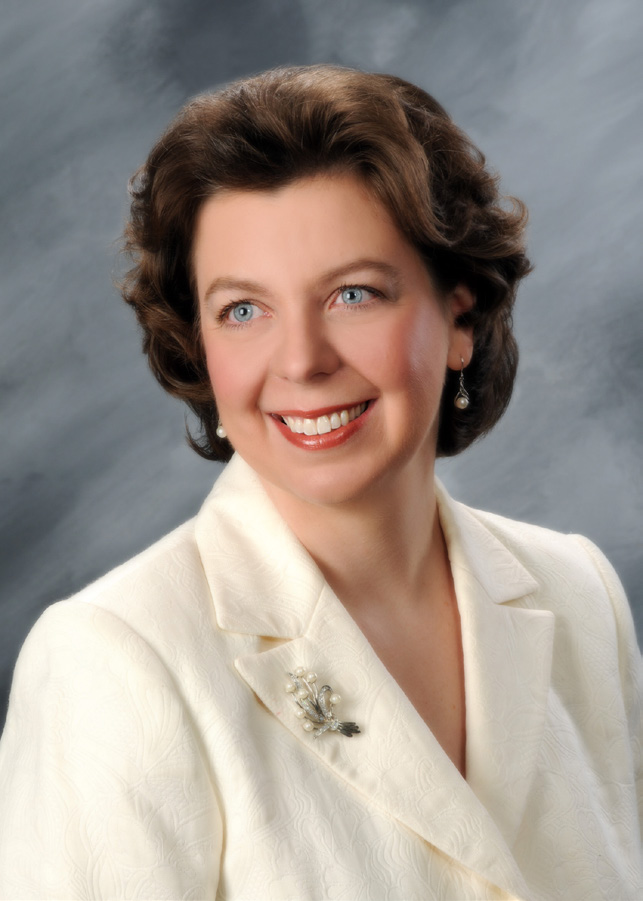Gifted education, STEM equals winning combination for UA Little Rock teacher
As a gifted education professor at the University of Arkansas at Little Rock with more than a decade of experience, Dr. Bronwyn MacFarlane is always looking for ways to share the gift of education.
In the past 15 years, MacFarlane has taken note of the increased demand for more Science, Technology, Engineering, and Mathematics (STEM) education. She believes that combining the lessons of gifted education is the way to make a winning formula for providing great STEM education.
“STEM education has been a hot topic for 12 to 15 years now,” she said. “Some teachers may find themselves tasked with starting a STEM program. There is a lot to think about. How do I begin? What are the materials to use? To offer STEM programs is important, but you want to deliver high-quality STEM programs that will offer students an advanced understanding in STEM topics. That is what we can learn from the field of gifted education – ways to deliver curriculum and instruction in powerful, quality, and best-practice strategies.”
MacFarlane recently explored this topic by serving as a guest editor of the Roeper Review, an academic journal. The special issue explored integrating STEM education with gifted curriculum.
The refereed articles in the special issue explored curriculum planning in STEM education, robotics programs, how to integrate the arts into STEM education, measurement of the success of academic programs, and international STEM education programs.
“Serving as guest editor is an important scholarly task as the guest editor identifies a specific topic that needs to be further addressed in a special publication. Before this special issue came out, I led the creation of a 2016 book titled ‘STEM Education for High-Ability Learners: Designing and Implementing Programming.’ It has been well received as a guidebook for educators and also translated into Arabic,” she said. “This special spring journal issue of Roeper Review takes it a step further with the latest research that has focused on integrating STEM and gifted education practices, so it moves us forward in understanding what works and how educators can offer programs that are really high-quality and powerful learning experiences.”
MacFarlane pointed to the Girls in STEM Leadership Conference on campus as an example of a high-quality and powerful learning experience that promotes STEM education. The UA Little Rock STEM Education Center hosted three conferences during the spring 2018 semester for hundreds of girls in the seventh and eighth grades. MacFarlane served as a guest speaker on a panel discussion led by women working in STEM fields.
“I spoke to the girls about my work as an educator and a scholar. I described research findings about characteristics of successful achievers and how we can learn from patterns of success,” she said. “We had a really enthusiastic response from all the students in attendance. They wanted to know how we successfully achieved our goals so they could do that for their own personal journeys.”
MacFarlane also serves as the nationally elected chair of the STEM Network with more than 1,000 members in the National Association for Gifted Children. She is continuing to add to the body of research for gifted education with a new book coming out this summer, “Specialized Schools for High-Ability Learners: Designing and Implementing Programs in Specialized School Settings.” The new 2018 book focuses on how to serve high-ability learners in specialized schools and deliver school-wide educational change.
